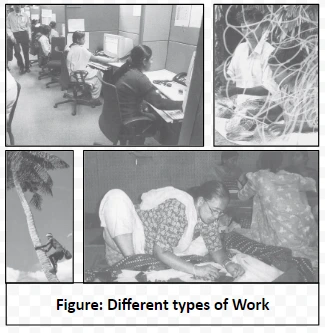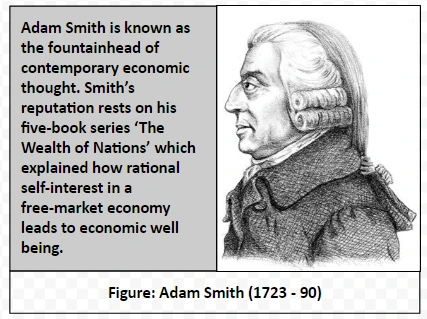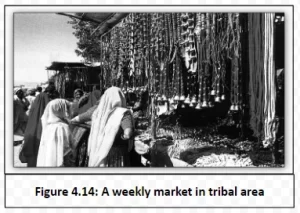![]() December 21, 2023
December 21, 2023
![]() 374
374
![]() 0
0
The study of types of work and economic life is a fundamental aspect of sociological inquiry, exploring the intricate relationships between individuals, societies, and the economic systems that shape human existence. Work is not only a means of economic survival but a crucial dimension of identity, social organization, and power dynamics within societies.

Female headed households
|

Weekly tribal market as a Social Institution
|
<div class="new-fform">
</div>

Latest Comments